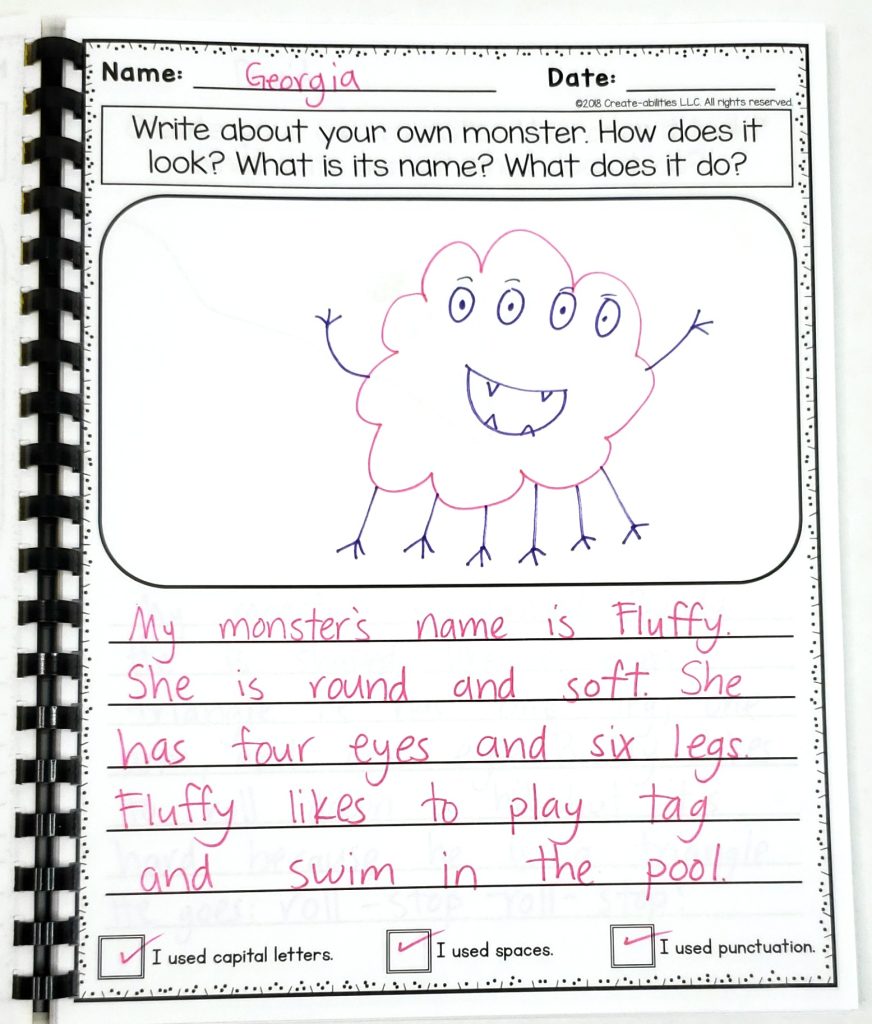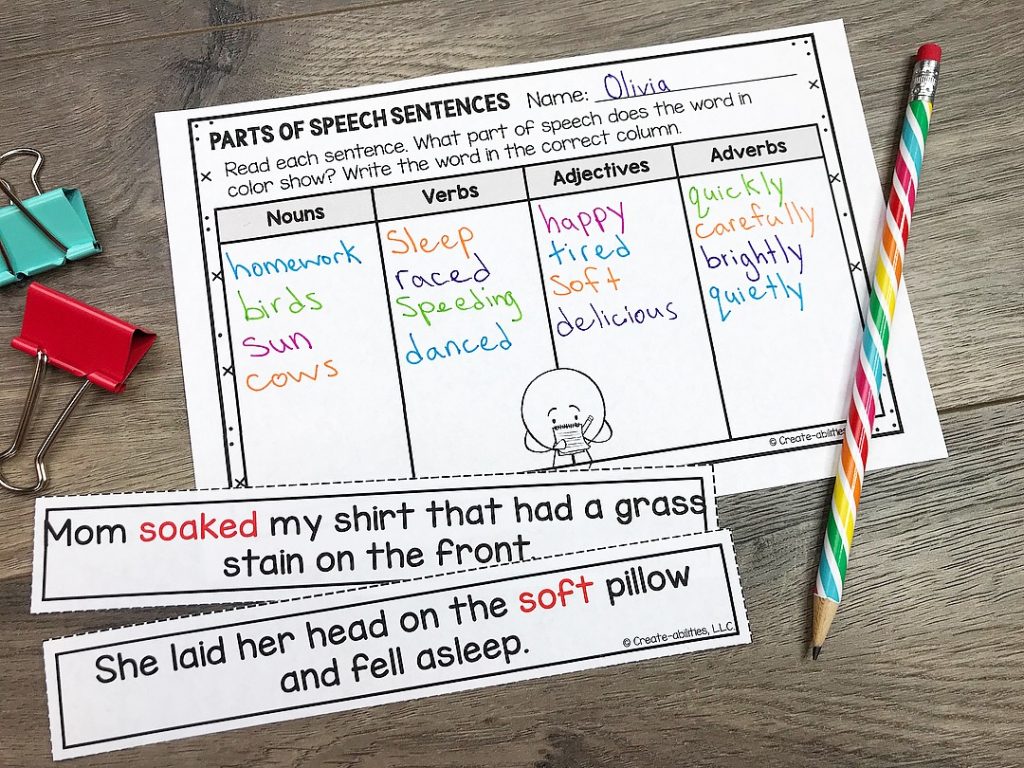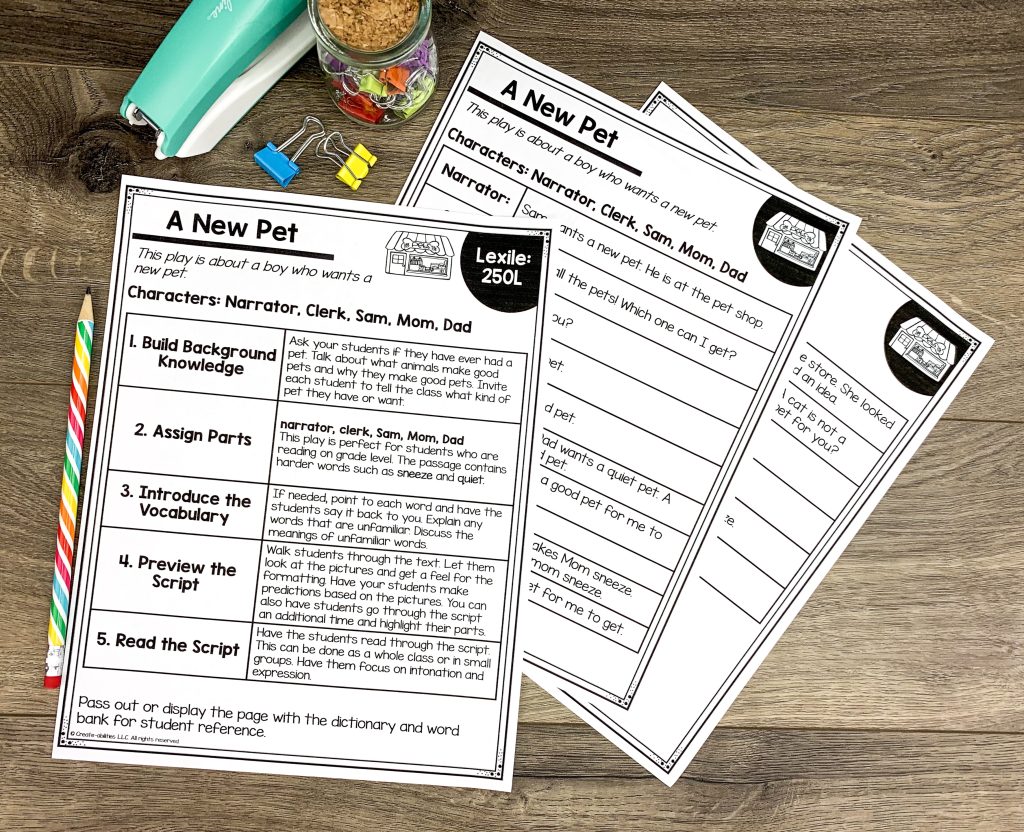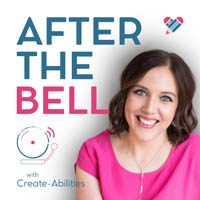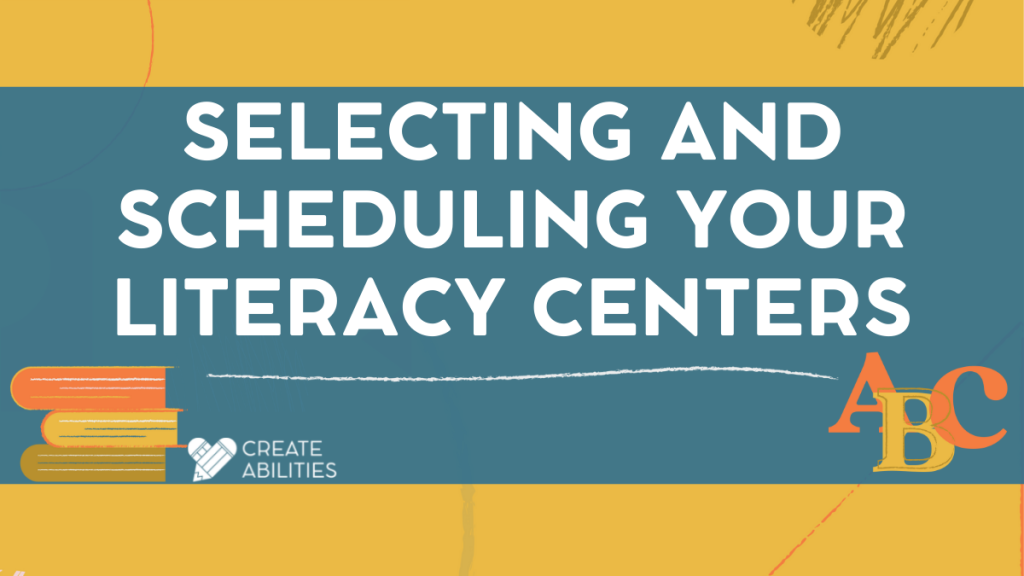
Selecting and Scheduling Your Literacy Centers
“All students should have the opportunity to receive literacy instruction in a way that is meaningful for them.”
–Elizabeth Keefe and Susan Copeland
We’ve already talked about how easy it is to differentiate literacy centers to meet a variety of abilities, but one area we did not focus on is how great these centers are for reaching many different styles of learners. When planned effectively, literacy centers give students a chance to explore reading strategies across a range of modalities. They will be thinking, sharing, and creating in ways that direct instruction does not allow.
While this is great news, it can also make the task of setting up your actual centers a bit overwhelming. There are tons of great ideas for literacy tasks all over the internet, and trying to fit them all into your schedule can seem impossible. I decided that the best approach for me was to first determine which centers I wanted to include, and then set up a schedule of how often students visit each center. Once I have that planned out, I can fill in the specific tasks that they will be completing in each center. This makes the whole planning process much more manageable.
What Centers do I Use?
This is the crucial, but fun, part. Start by thinking about the age and needs of your students. These factors, combined with your teaching style and your physical classroom space will help determine which activities are most appropriate for your rotations.
In case you need a jumping off point, here are some tried-and-true centers to consider integrating into your literacy block. This list is intended to serve as a guide. Remember, ultimately you know better than anyone what will work best in your classroom with your students.
- Independent Reading: As you probably surmised from the name, this is simply an opportunity for students to read on their own. You can decide if you want them to be reading for pleasure, or if you want it to be more targeted with you providing the texts. Some teachers assign comprehension passages or even use it as a time to complete assigned reading from their guided reading time. Whatever you have them do, this is a great time to help your students develop a love of reading and stamina for working independently.
Research has proven the benefits of providing independent reading time, and my personal experience is definitely in line with that. Every year, I am shocked at how many students declare this to be their favorite center. It is music to my ears, not only because it shows their love of reading, but also because this center is incredibly easy to maintain.
- Writing: There are many different options you can use during this center. You can have students continue working on writing pieces from your writing units. You can use writing prompts. You can also let students pick from activities such as writing friendly letters, writing a recipe, creating a to-do list, etc.
- Reading Response: This is a specific type of writing center that also enhances comprehension. I sometimes ask students to respond to an assigned text (usually the one we are reading in our Guided Reading group), and other times allow them to select a book to use for this center. The key here is finding enjoyable tasks and providing tools to help them think deeply about what they have read.
- Fluency: We all know the important role that fluency plays in allowing our students to understand what they are reading. Fluency practice is inherently built into guided reading sessions but the more practice our students have, the more fluent they will be. Traditionally, we use repeated readings a great deal in developing this skill, which can get a bit boring. Therefore, having a center with some more interactive tasks is a great way to sneak in some more fluency practice. I have had students record themselves reading a passage with and without punctuation or expression to demonstrate the importance of reading fluently. They can time each other reading selected passages to see how they improve. You can also have students read plays, poems, and sight word phrases to develop this skill. Anything that helps students to connect the words they are reading to their meaning is valuable here.
- Word Study/Phonics: This center is also a staple in my classroom. My students are still developing early reading skills, so taking time to focus on sight words, phonics, and spelling is critical! With older students, this center is often overlooked. It is still important, though. You can really hone in on vocabulary and more advanced word study to make it more age appropriate.
- Listening: When I was a kid, I LOVED listening to books on my Care Bear tape player. I remember my mom telling me that if I followed along with the book while it read, I would be a better reader. I took that to heart, and sat there diligently following along. Technology has evolved a bit since then, but kids still LOVE listening to books. We just have way more options to make that possible for them. There are tons of websites (such as Epic! and Storyline Online) that make this easy and accessible for your students. They will love it, and they will be gaining valuable skills along the way!
- Partner/Shared Reading: This is one of my favorite centers, as it allows for some structured and constructive socialization. Sometimes, kids don’t even realize they’re doing work because they are enjoying it so much. This center typically includes activities like choral reading or reader’s theater. You can even sneak some poetry in here! Any activity that has students reading and talking about text together is perfect, and will likely be well received by your students.
- Technology: As I mentioned above, there are so many websites that support the skills we are teaching and allow our students to have lots of fun! I use a technology center at least once a week, and the kids adore it. There are countless sites, but some of my favorites are Newsela, ABCya, and Vooks. These are just a few, and I am sure you have favorites of your own!
- Dramatic Play: This is a great center for younger kids (mostly K-1). I used to view this type of activity as more of an “extra”, but actually it’s almost essential. Typically, I just give the students scenarios to act out. These can be based on text we have read, or more open ended ideas. If I have appropriate props, I will set them out but honestly the students don’t even need them. They love the opportunity to “play”, but it’s way more than that. They are learning cause-and-effect, time relationships, and how the world works. The more self-directed this center is, the more beneficial it is to the students.
How do I Fit the Centers into my Schedule?
By now you’ve already figured out how much time you have to devote to centers, how long you want students to spend at each one, and how many groups you have. Now you can make a plan of what centers you will use to support your instruction each week.
You might start by making a plan of your mini lessons and mentor texts for a given time. I find it easiest to map out a month at a time. You can plan this however you’d like. This is just an example of a way to have it all in one place, but the method you use really doesn’t matter.
You just want to consider your instructional objectives, strategies being taught, and the texts being read. These will inform your decision of which centers to use to support your instruction.
- Make a schedule of what centers you will use each day. Some teachers use the same schedule every week, and others change it up to match their topics. I don’t always use every center every week if the tasks don’t match my objectives. Again-the point is to just do what works for you!
This is a sample schedule that shows how you can rotate through different centers to keep things balanced while avoiding boredom. There are truly countless ways to set these centers up. Just try to include a variety in order to be comprehensive in your instruction and to keep things interesting for your students.
If you are looking for some ready to go activities, check out this freebie for a Reading Response idea, or click on any of the pictures above!
I find that once I get to this point, most of the hard work is done. The schedule is set, my groups are established, and I have a (tentative) rotation planned out. Of course, things may need fine-tuning once I get started, but this is always the point when I feel in control of my literacy centers.
If you are interested in more information about literacy centers, you might want to check out the Create-abilities Literacy Centers Webinar that has a wealth of information and an eBook full of resources. You can also check out the next blog post in this series to learn about setting up and running effective literacy centers.
What literacy centers do you use in your classroom? Do you use the same rotation every week, ordo you rotate based on what fits your needs for a given week?
Blog Categories
Meet the author


